Wednesday, 8 February 2023 -
We arrived in Huế yesterday evening - had dinner and went to sleep. Today will be a long day stopping
by several sites in Hue.
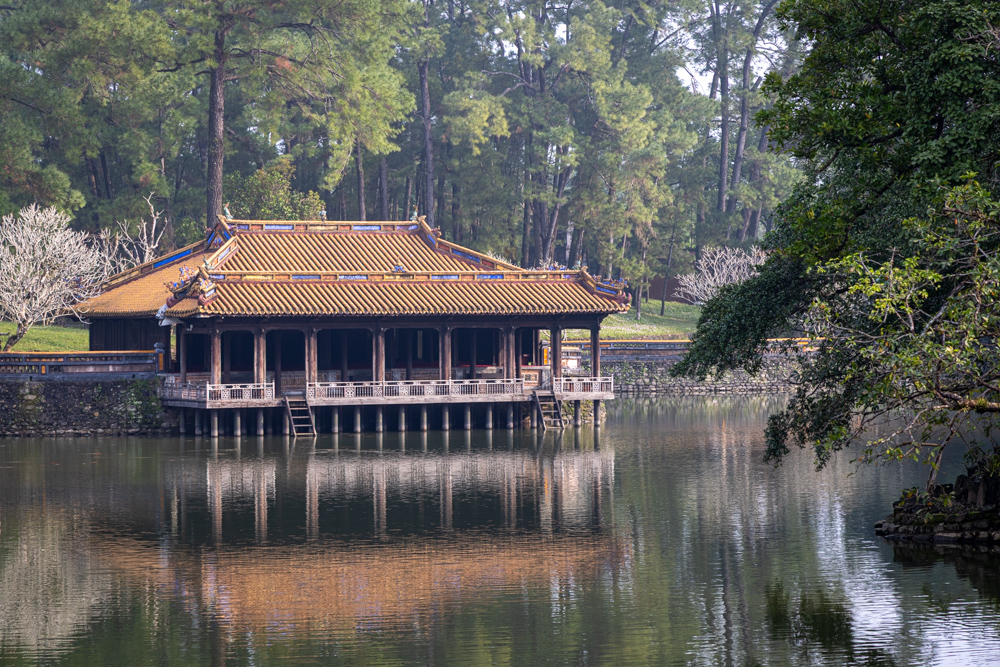
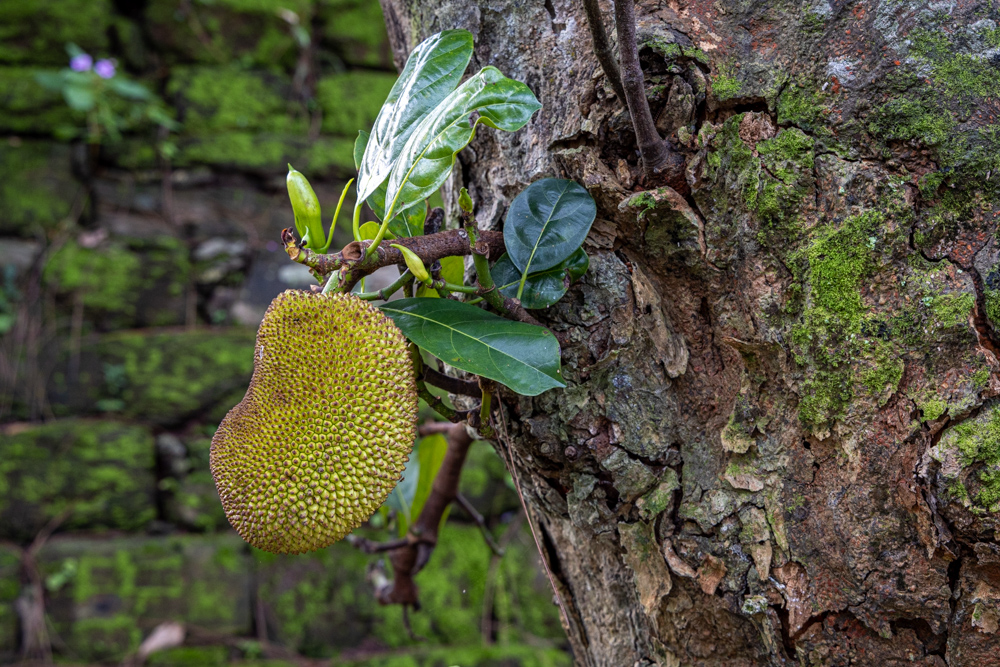

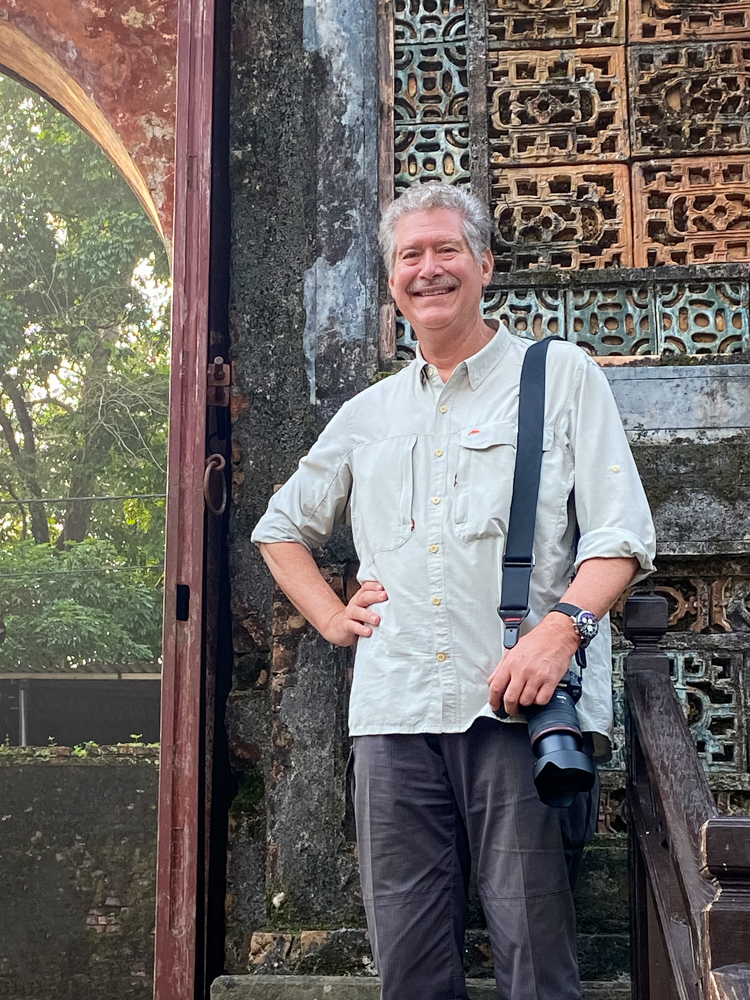

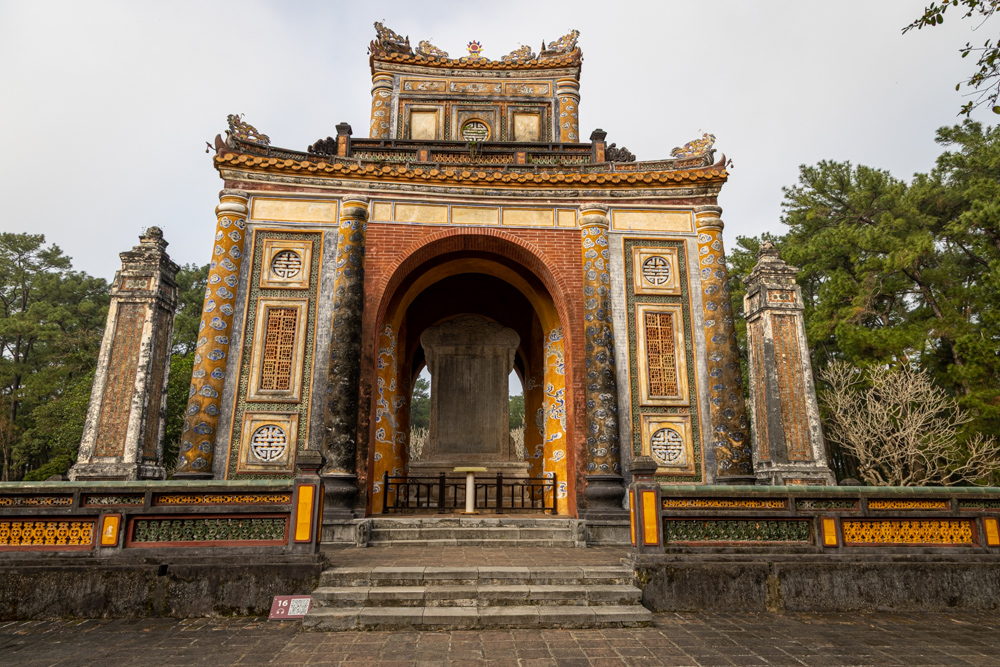

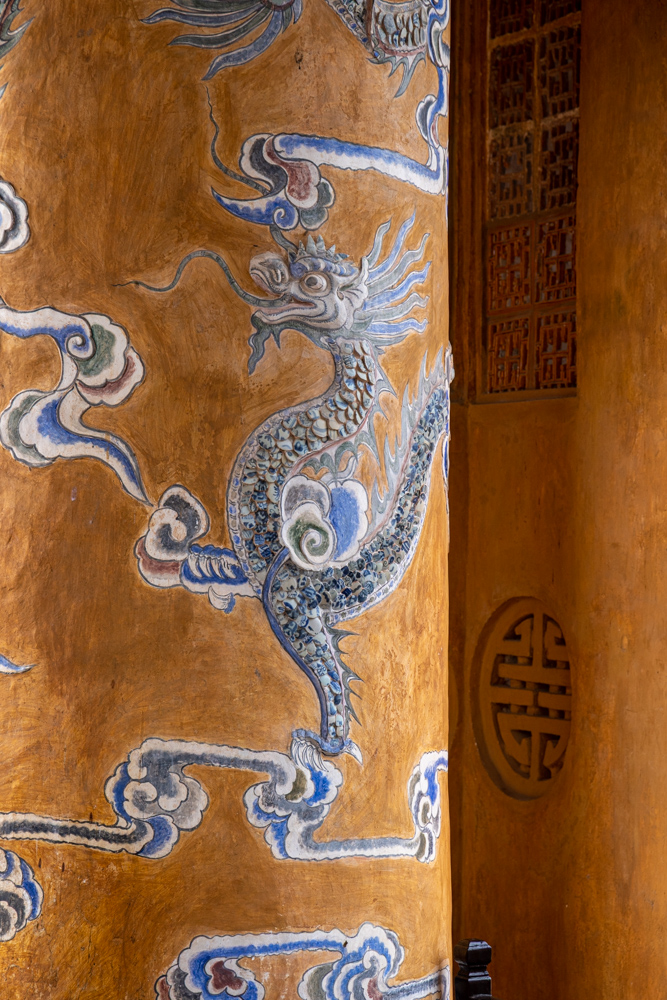

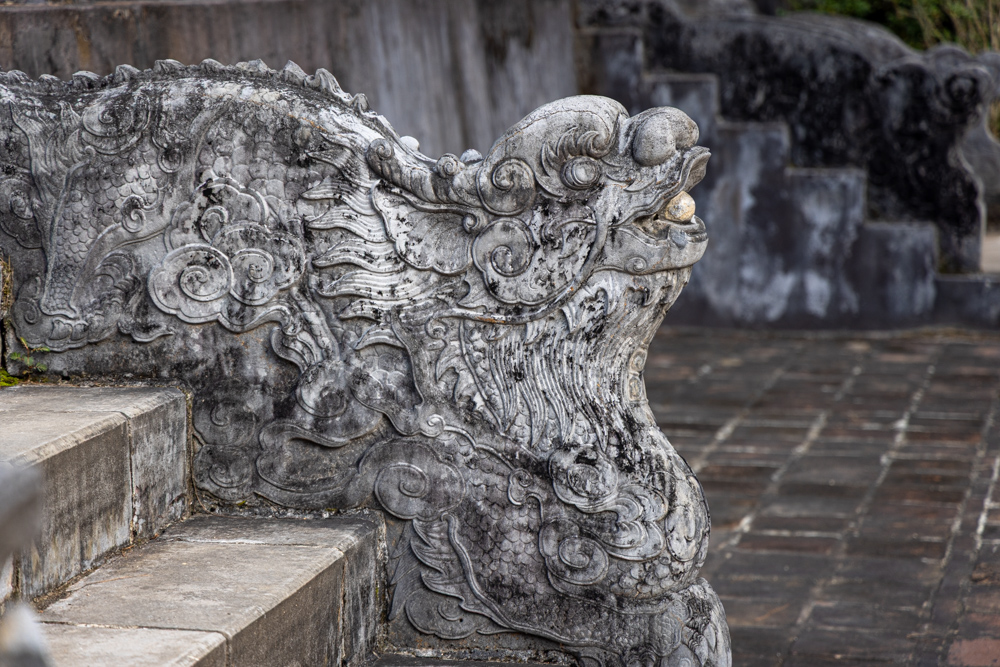
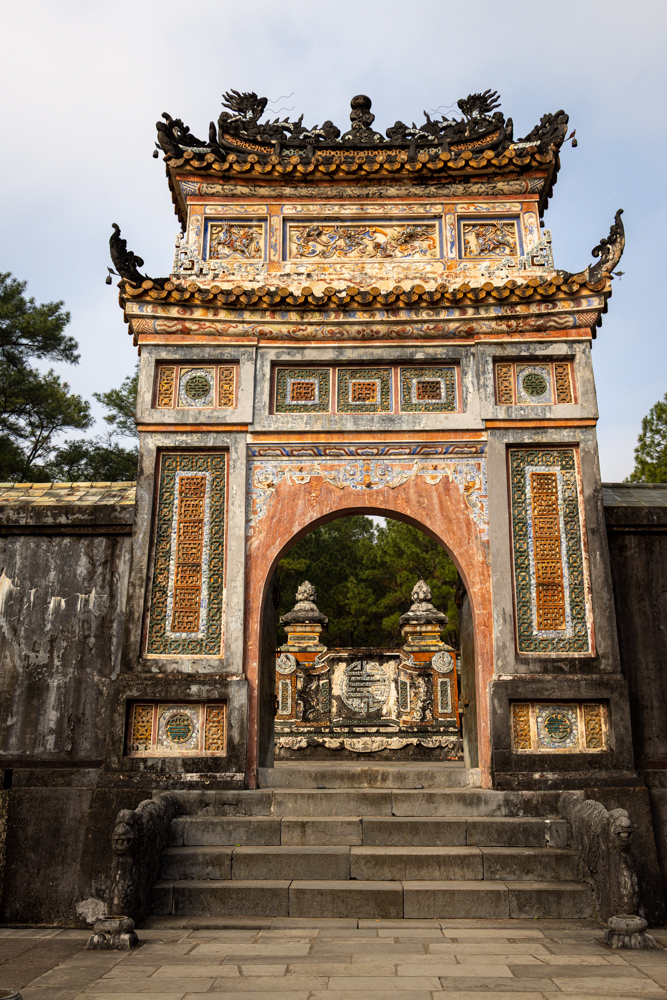
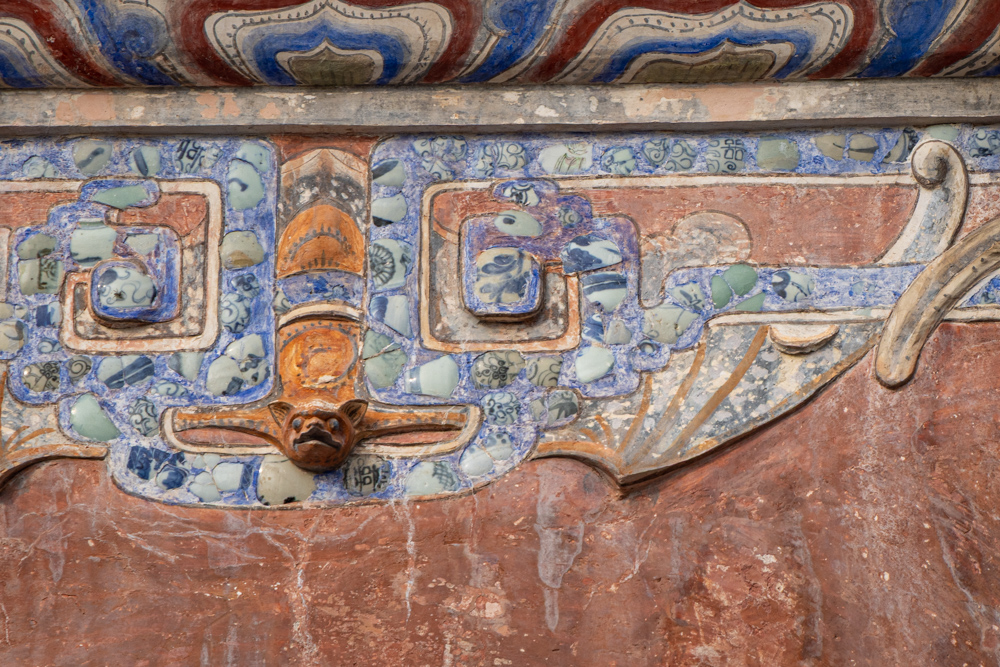

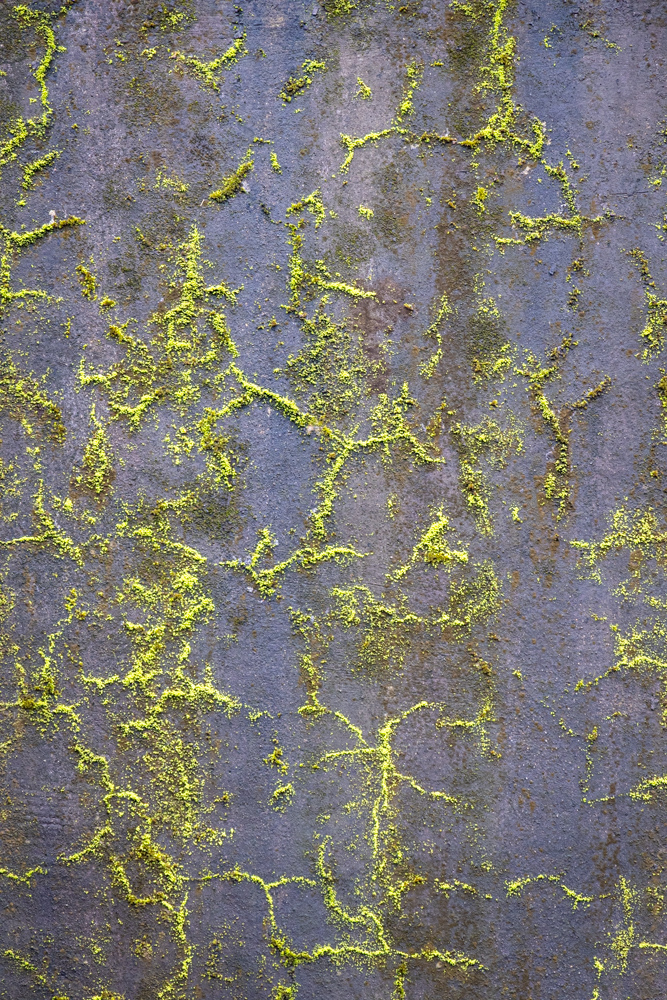
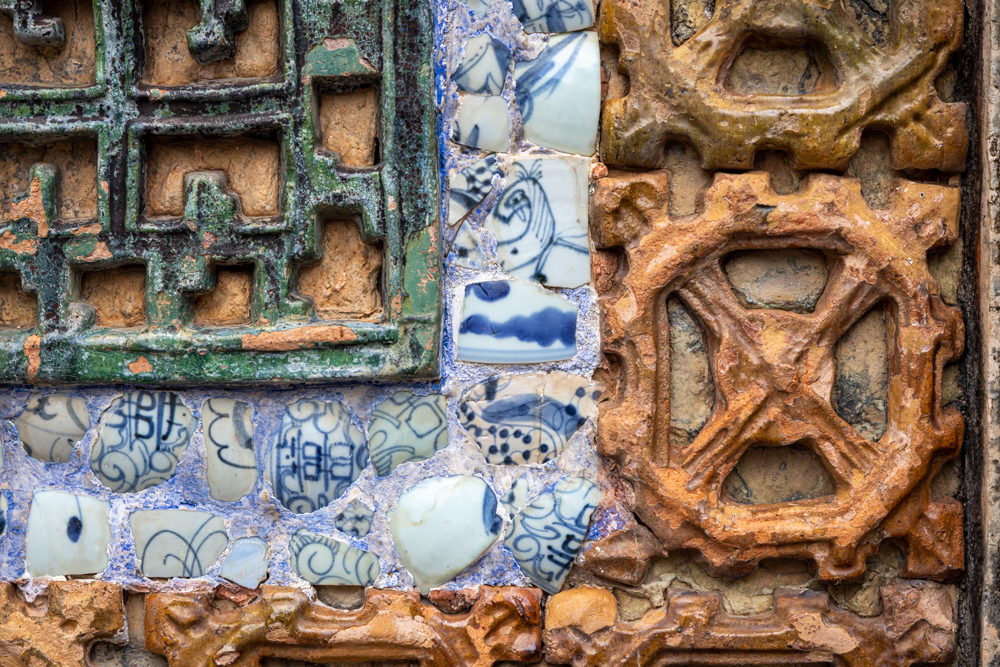
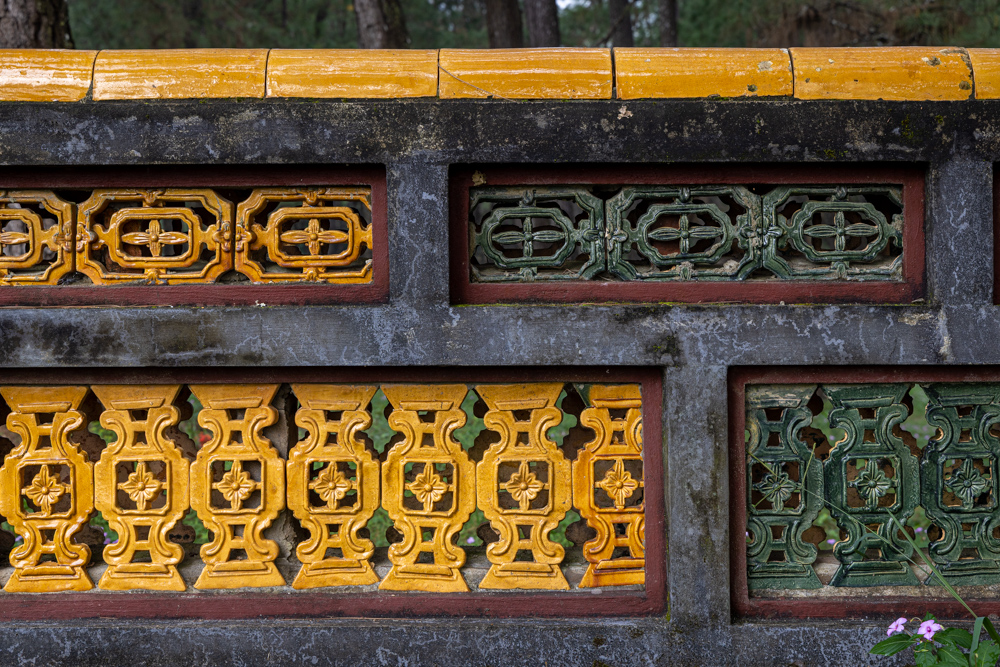

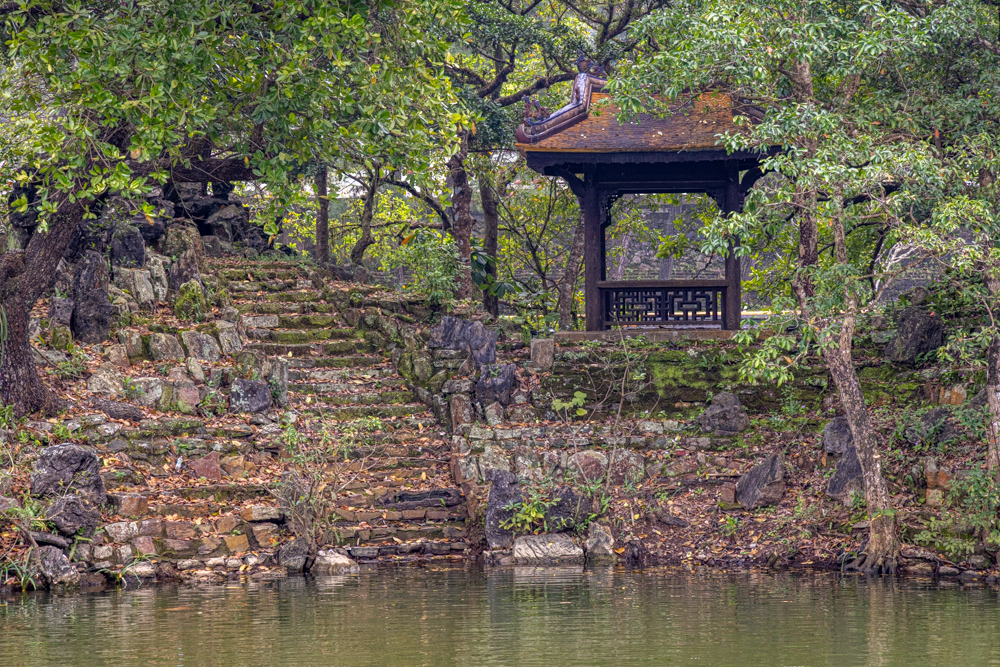
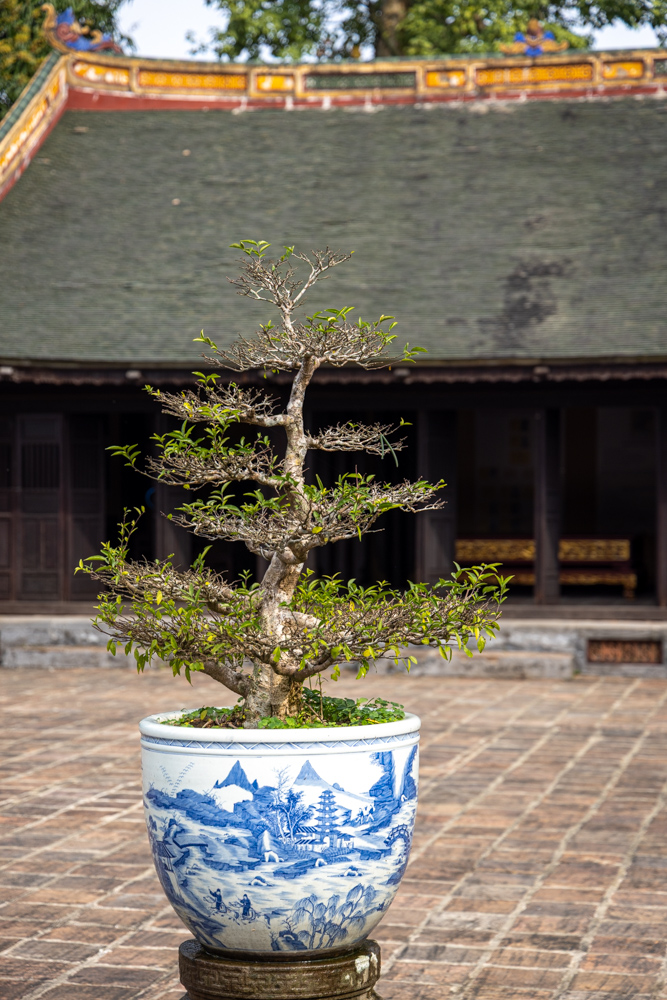

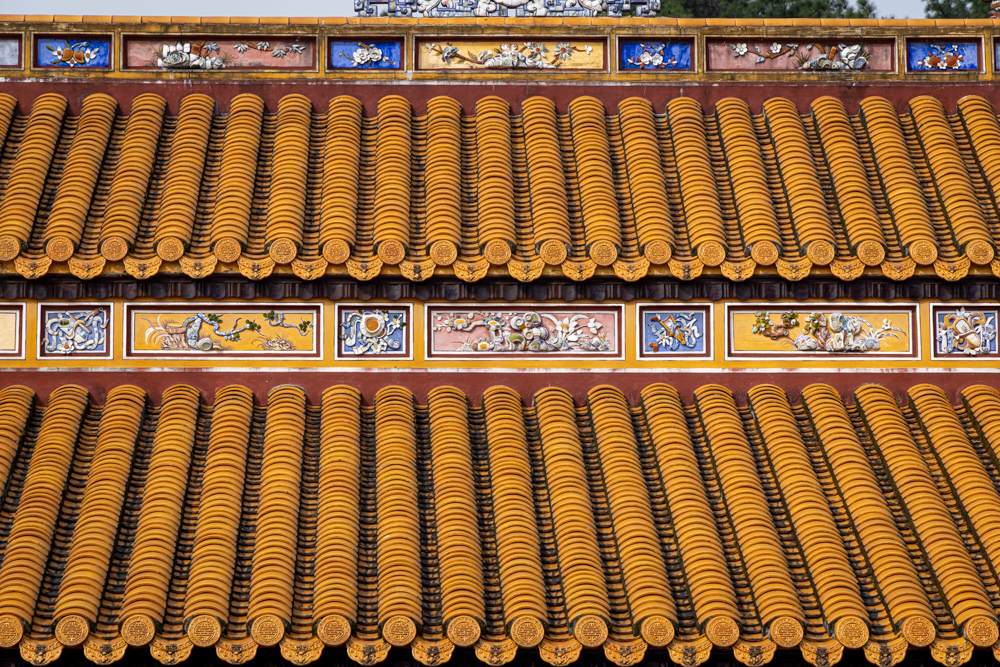
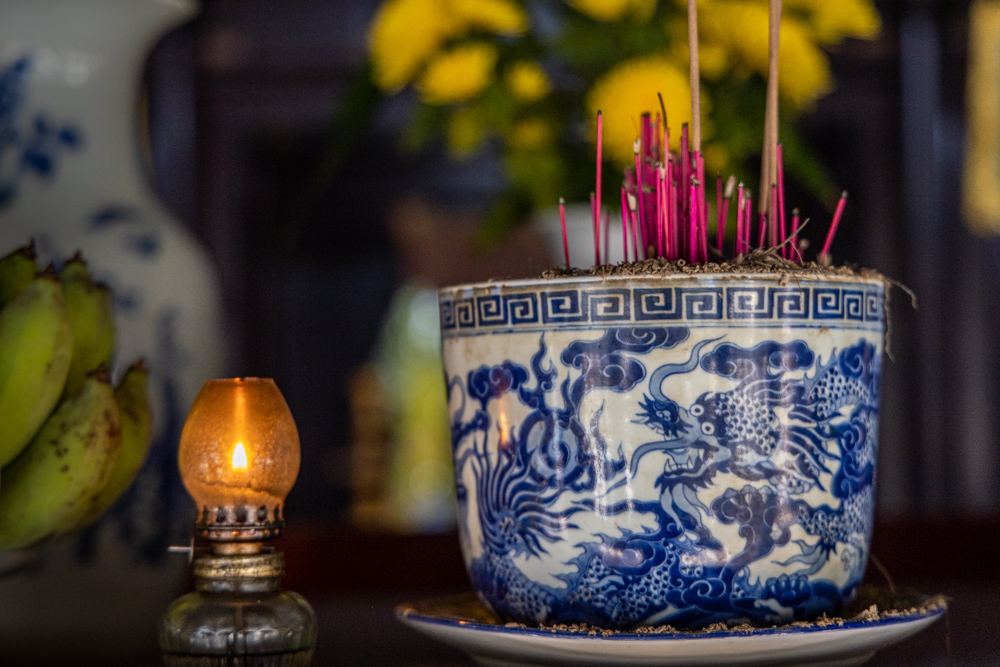
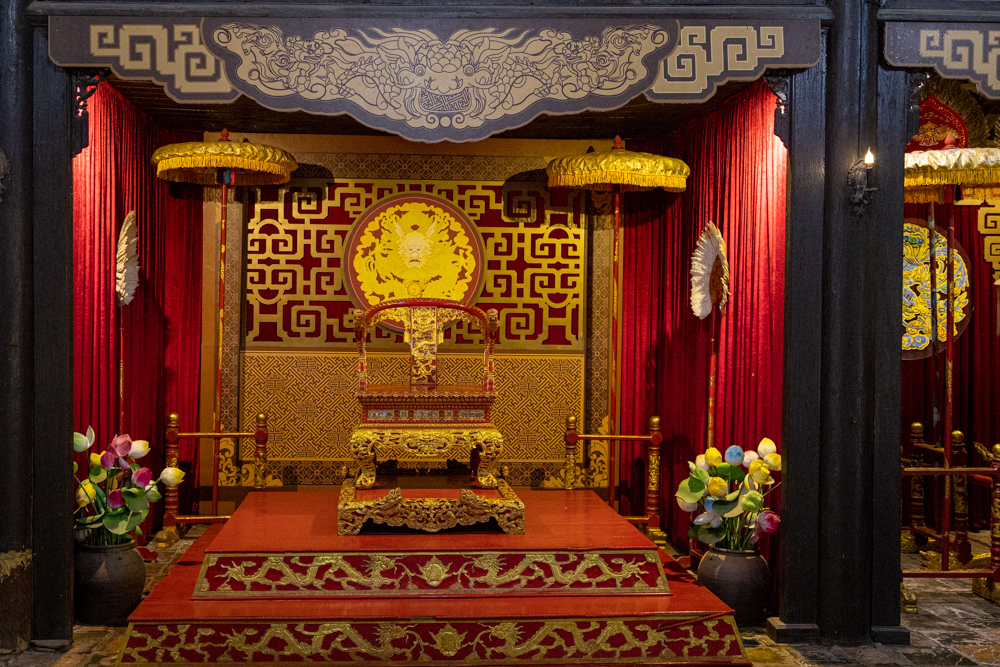
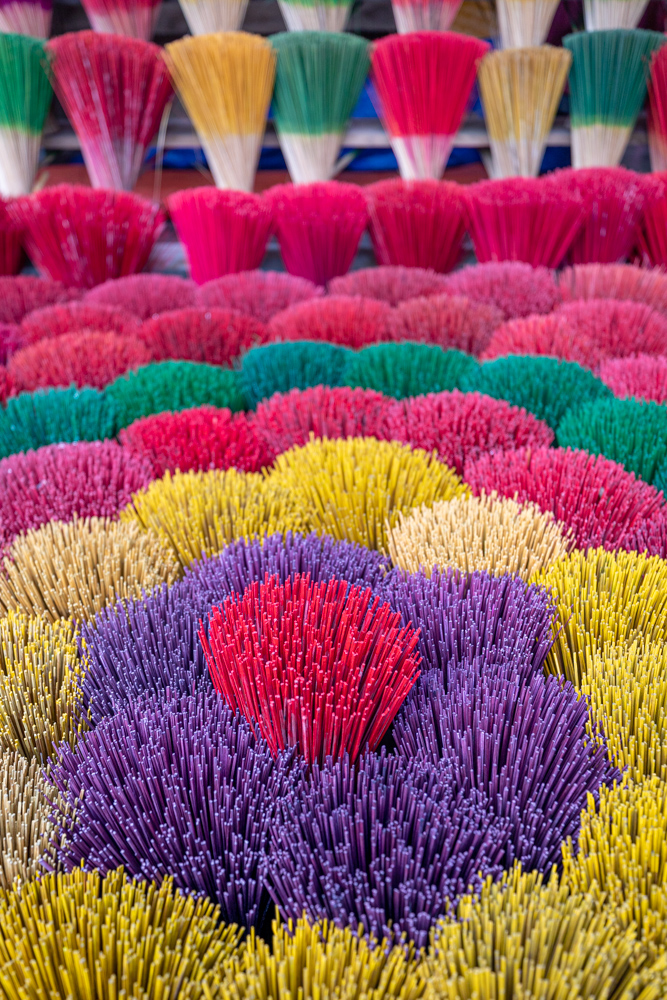

The woman making the incense sticks.


The tomb was completed in 1931 after 11 years of construction. The tomb became a UNESCO World Heritage Site in 1993 as part of the Complex of Huế Monuments.
A stone guard in a courtyard leading to the tomb.
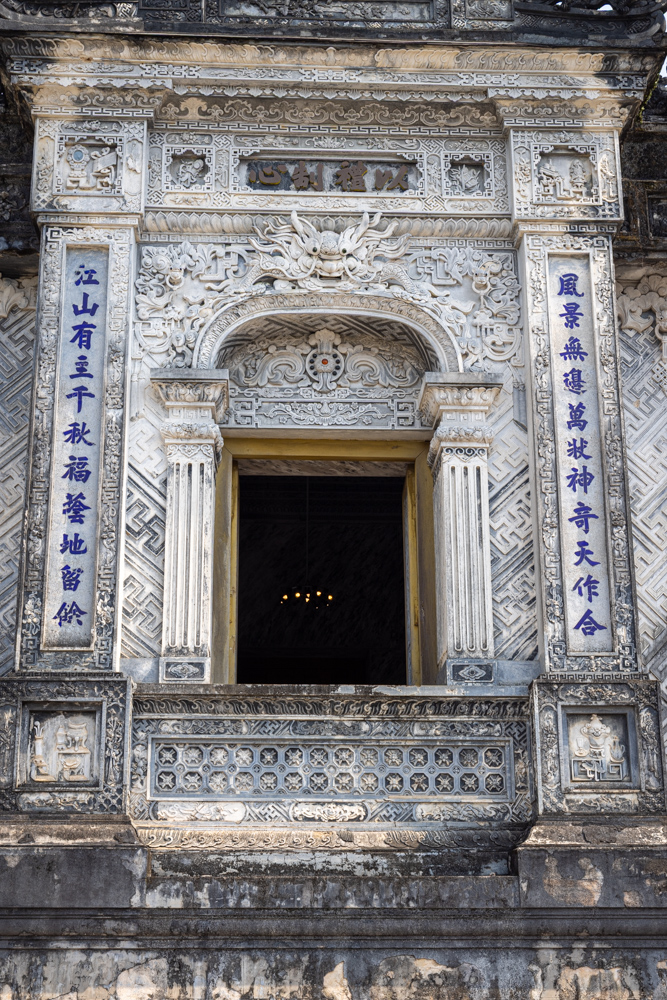
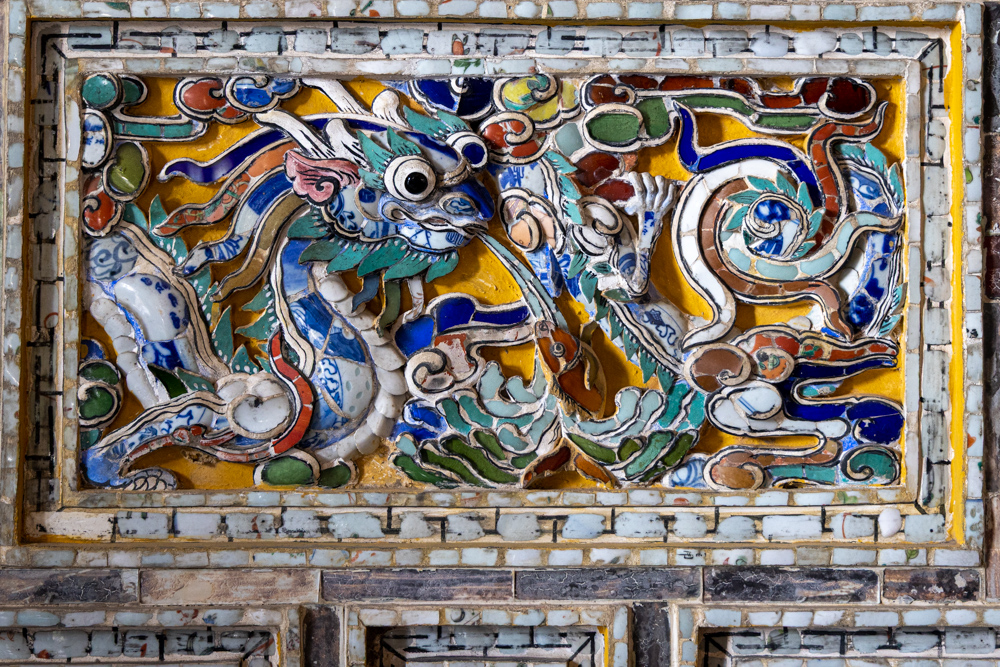
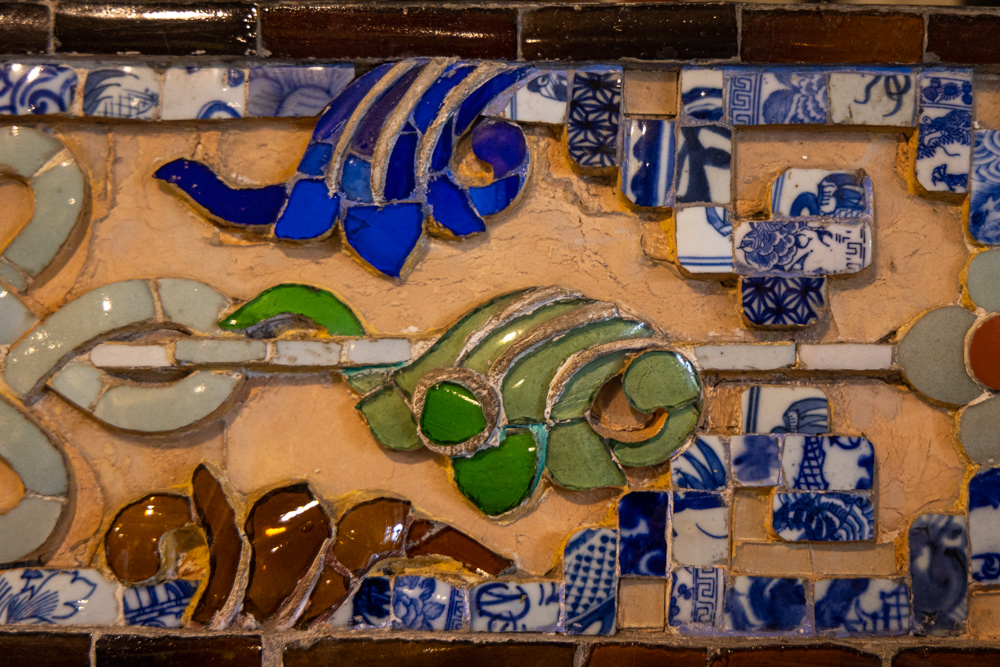

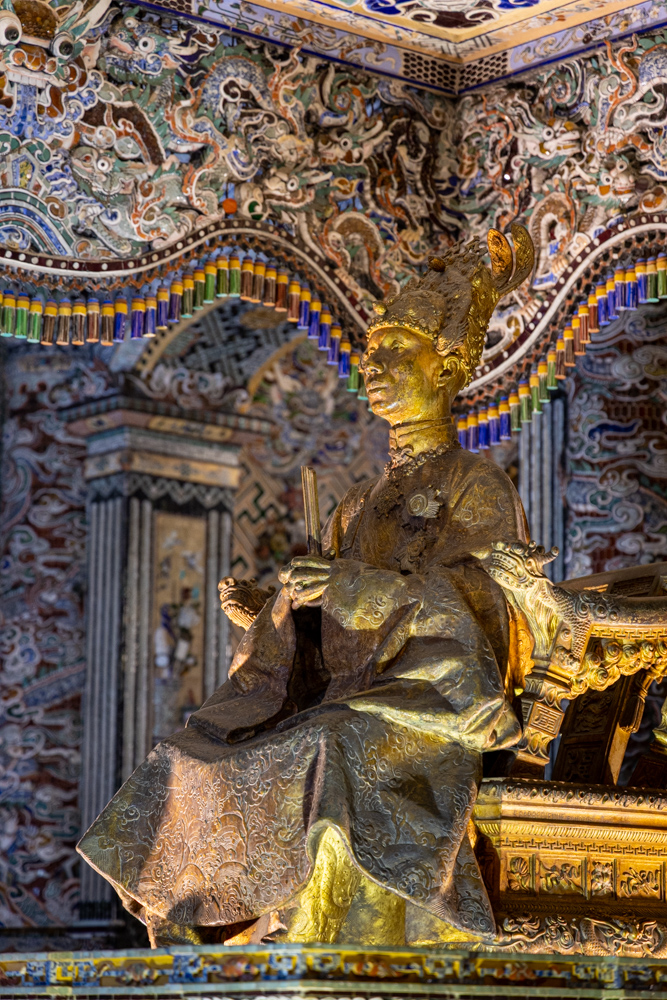

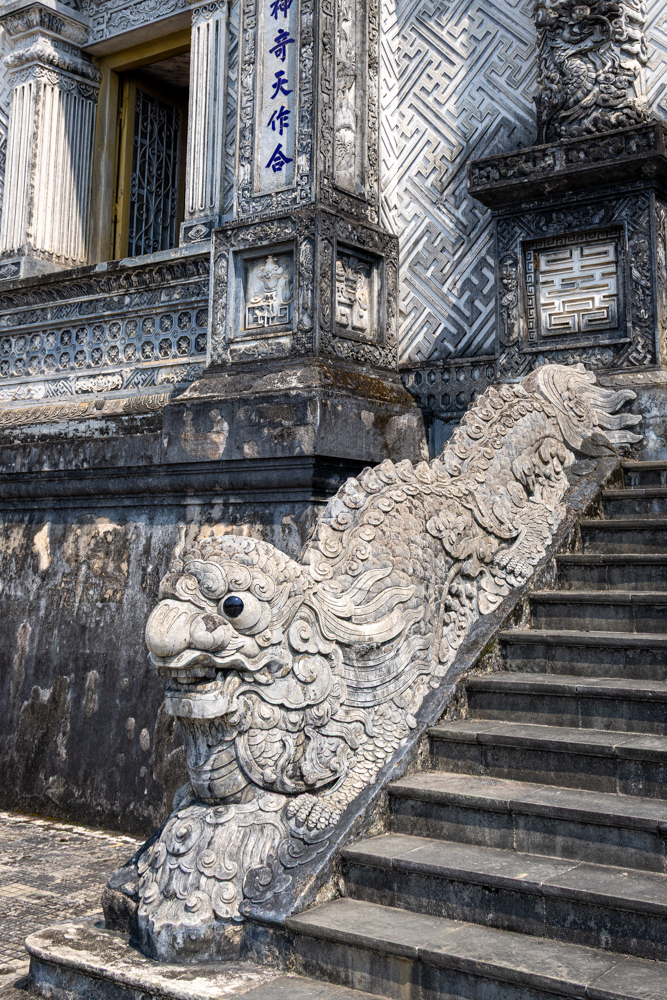

Built in 1601 by governor Nguyễn Hoàng. Legend has it that Hoàng while touring the vicinity, was told of the local legend in which an old lady (known as the "celestial lady") foretold that a lord would come and erect a pagoda on the hill to pray for the country's prosperity. She then vanished after making her prophecy. Upon hearing this, Hoàng ordered the construction of a temple at the site.
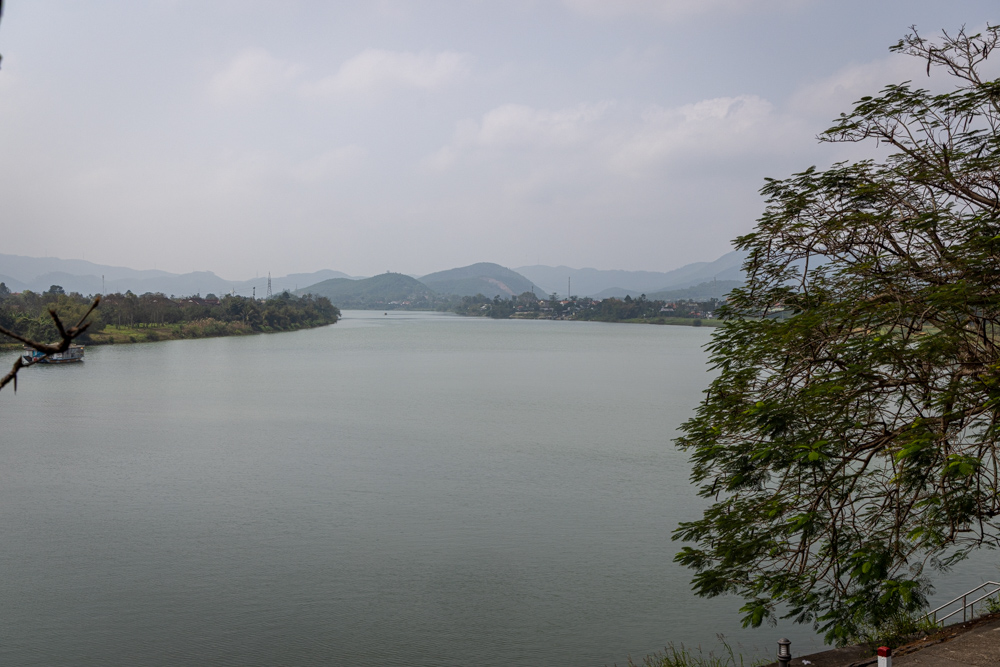
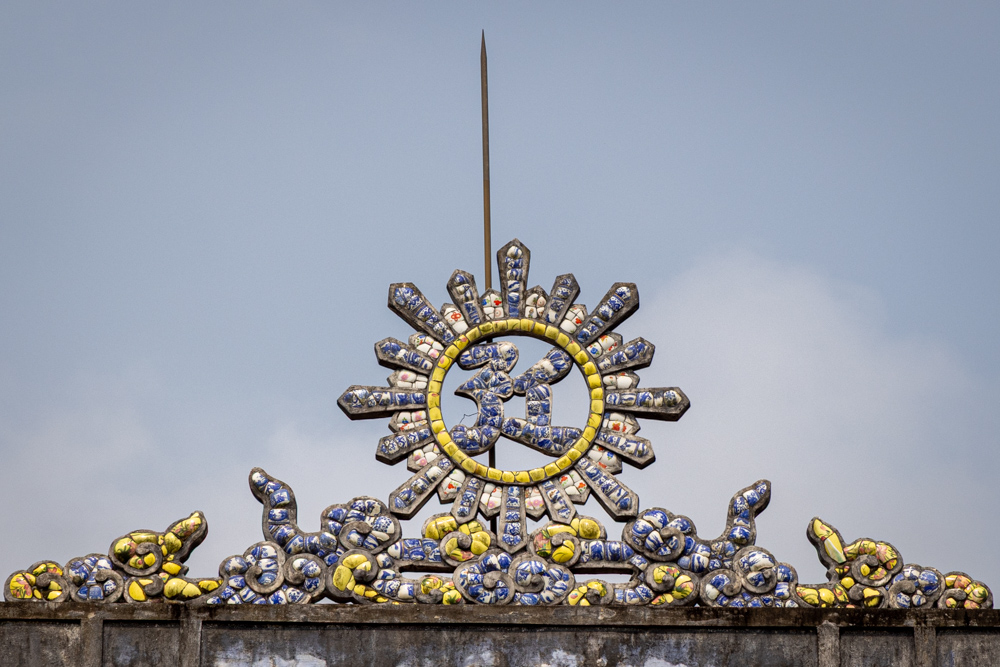
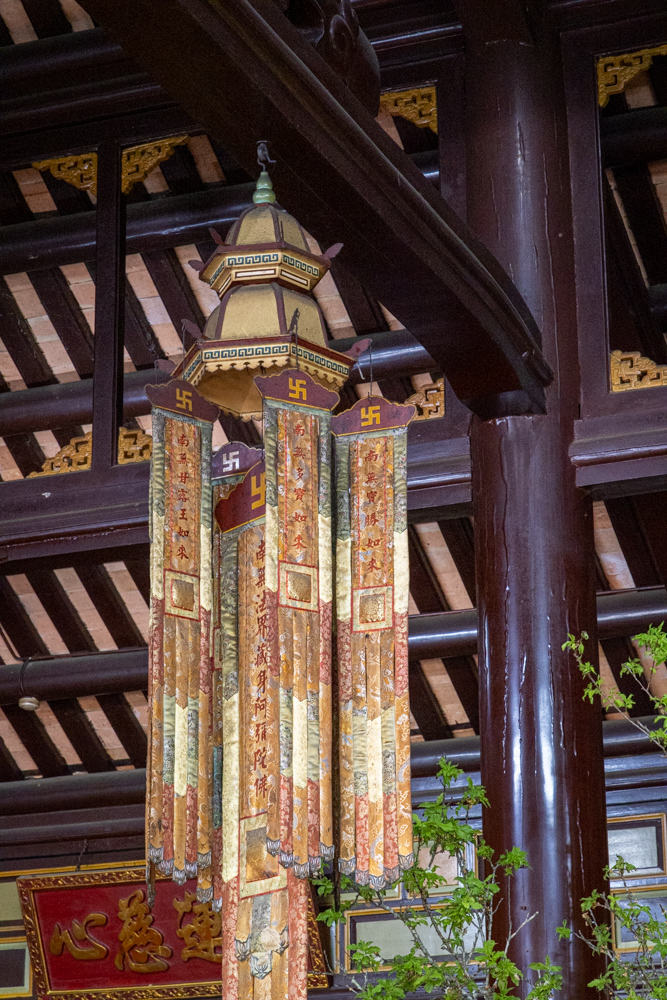
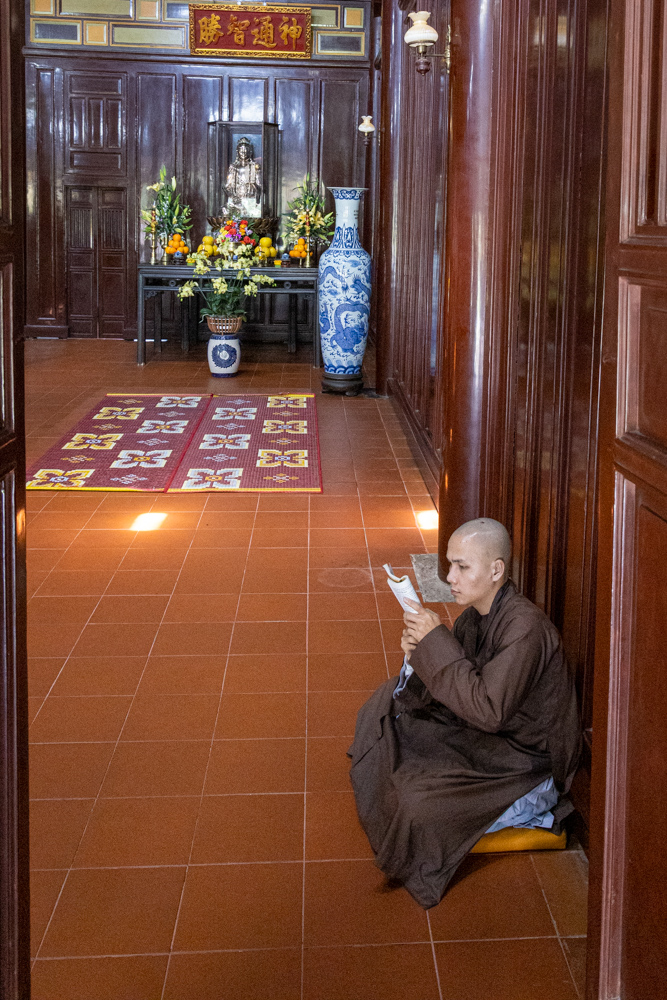
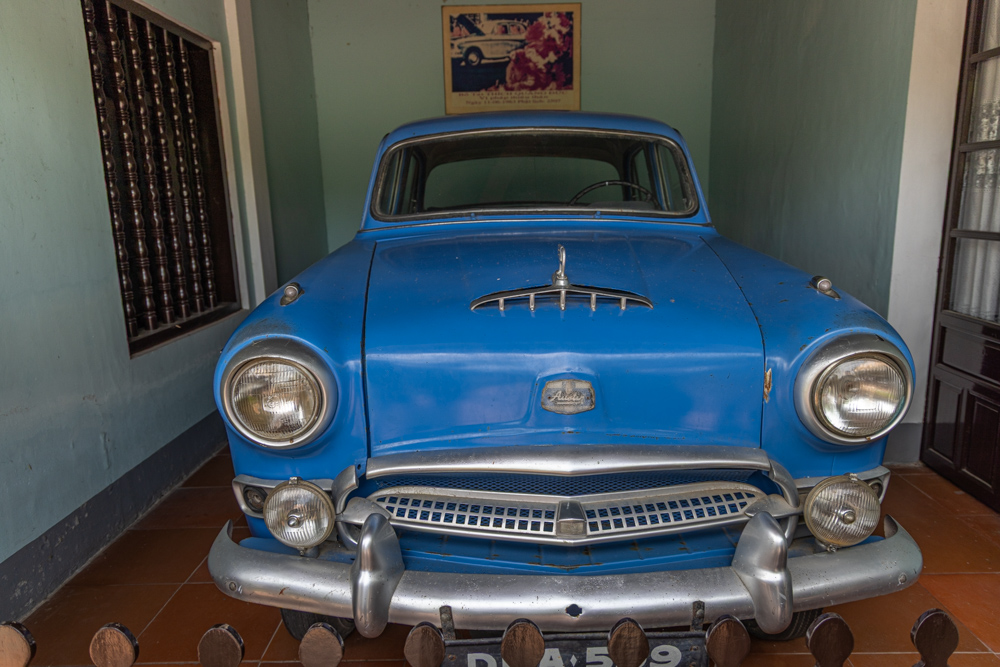
The temple also houses the Austin motor vehicle in which Thich Quang Duc was driven to his self-immolation in Saigon in 1963 against the Diem regime.

Rebuilt the streets were very pretty and peaceful.

The damage to the wall of the Purple Forbidden City from 1968 is still present. Since being declared a UNESCO site in 1993 there has been a focus on rebuilding the Purple Forbidden City.
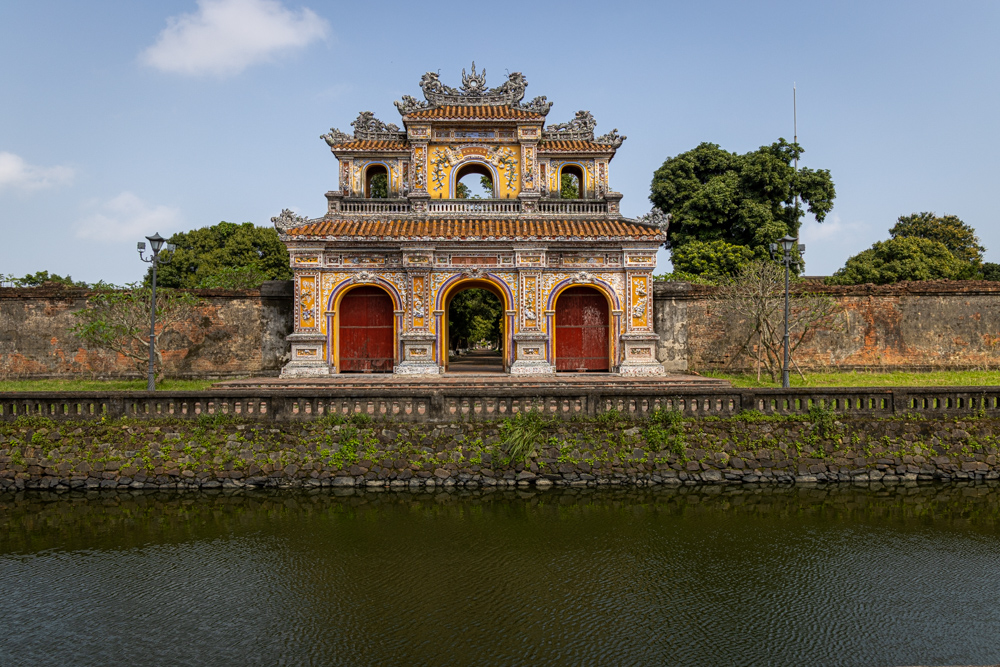
Built in 1804 it has undergone a complete restoration.
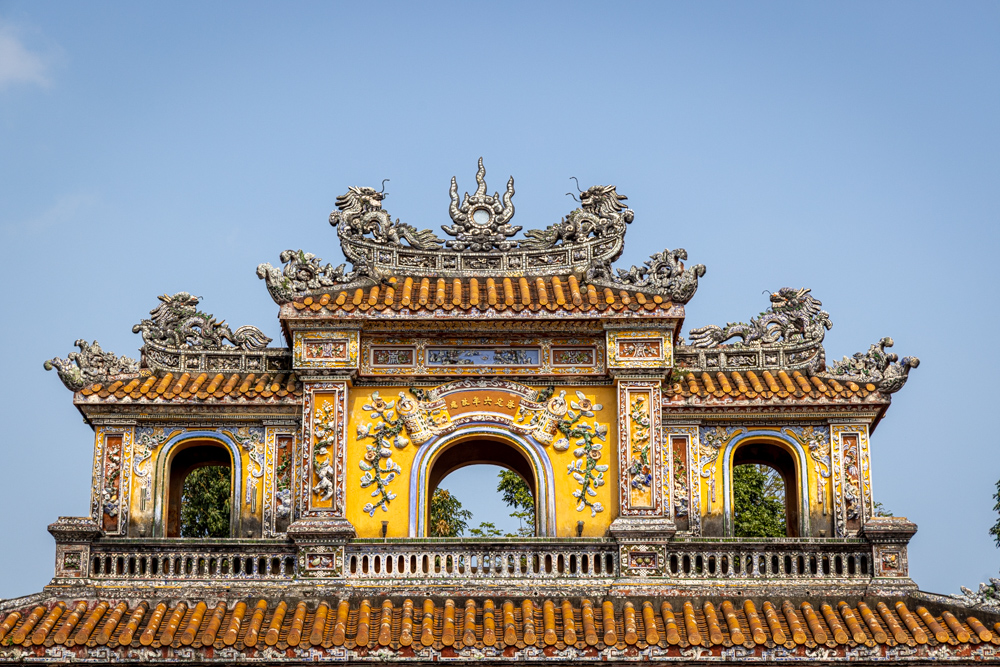

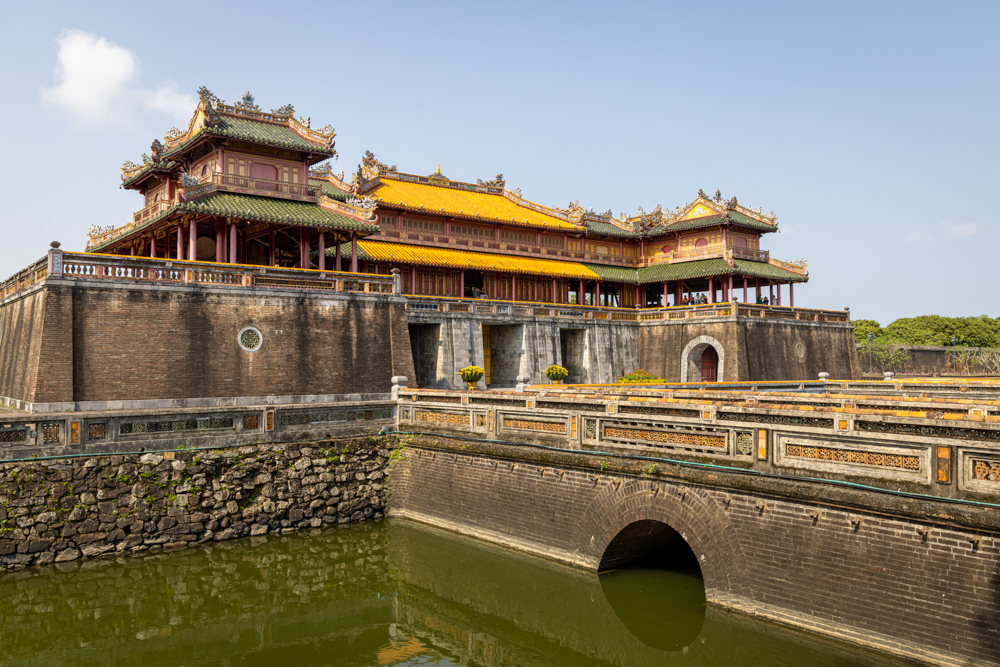
The second floor was used to review troops. The roof is made of yellow glazed ceramic roof tiles.
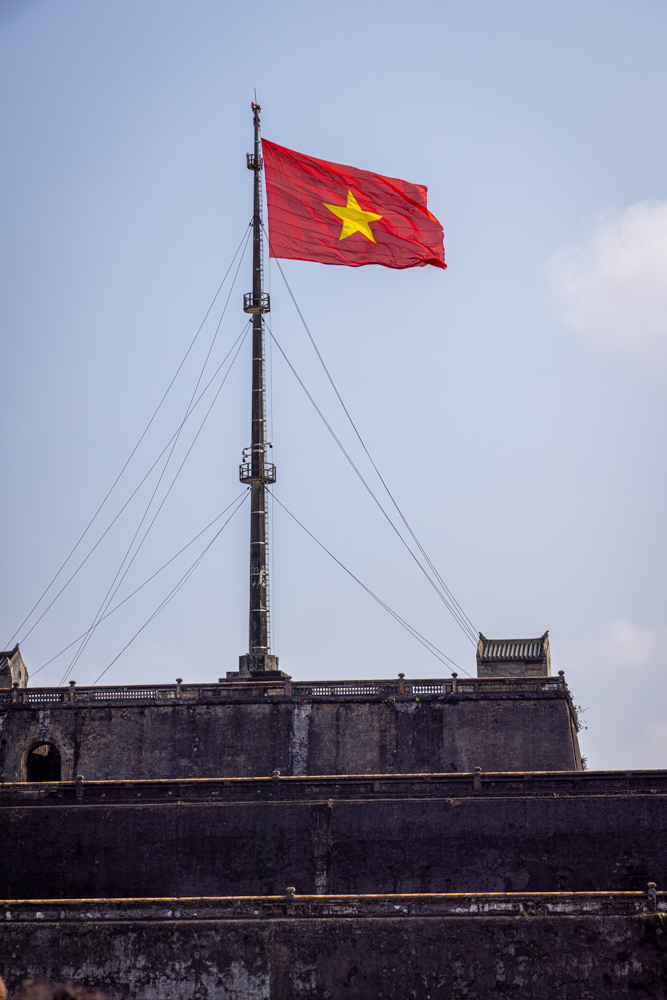
The tower is made of three layers - each about 20 feet high. On top is a 60-foot tall flag pole. Very easy to see from anywhere in the city - at night it is well lit.
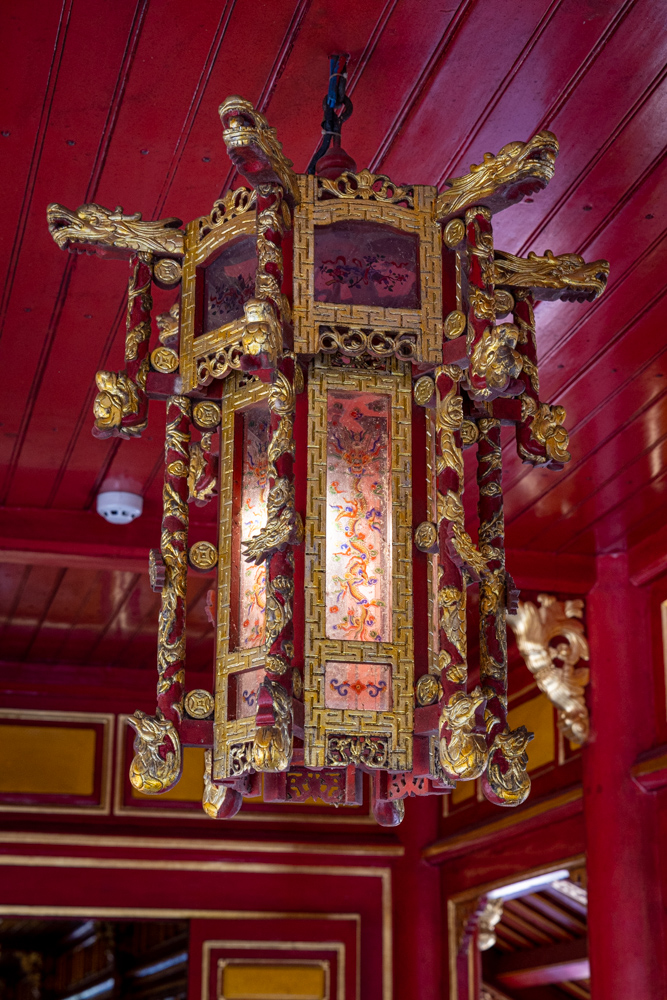
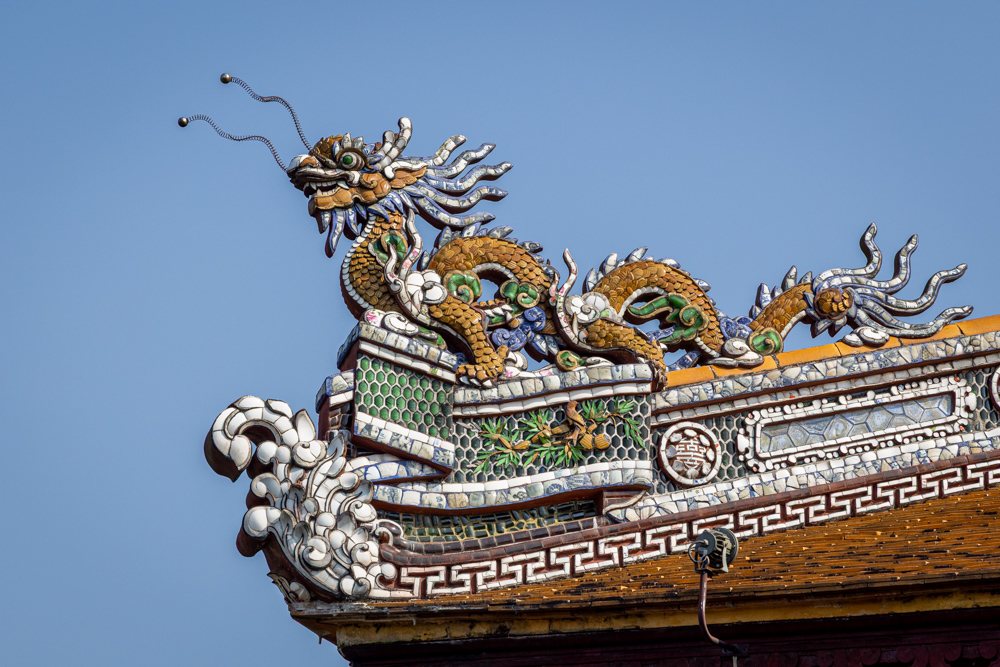
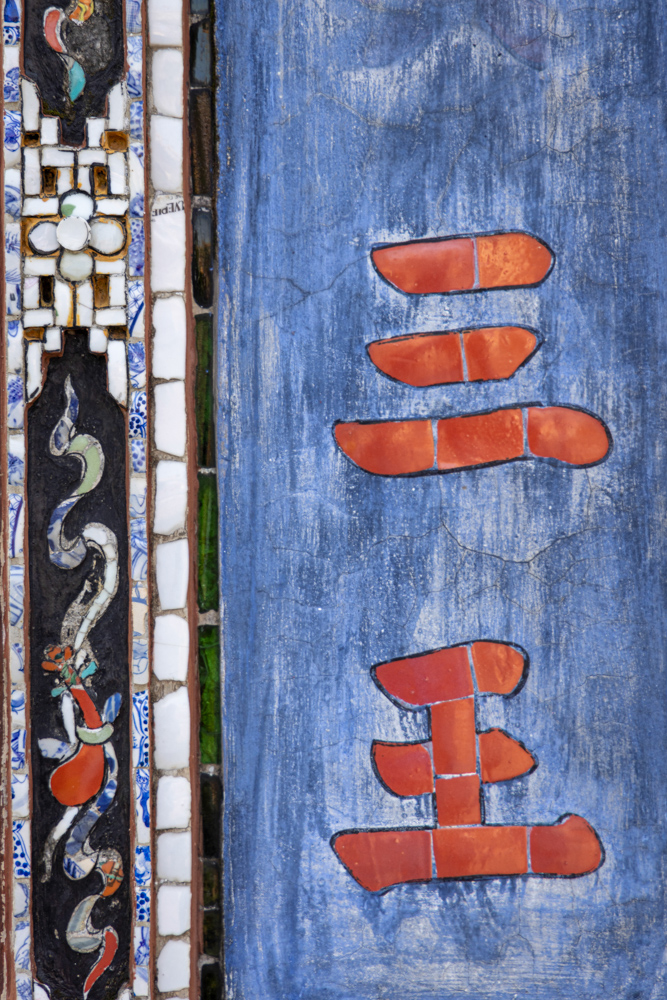
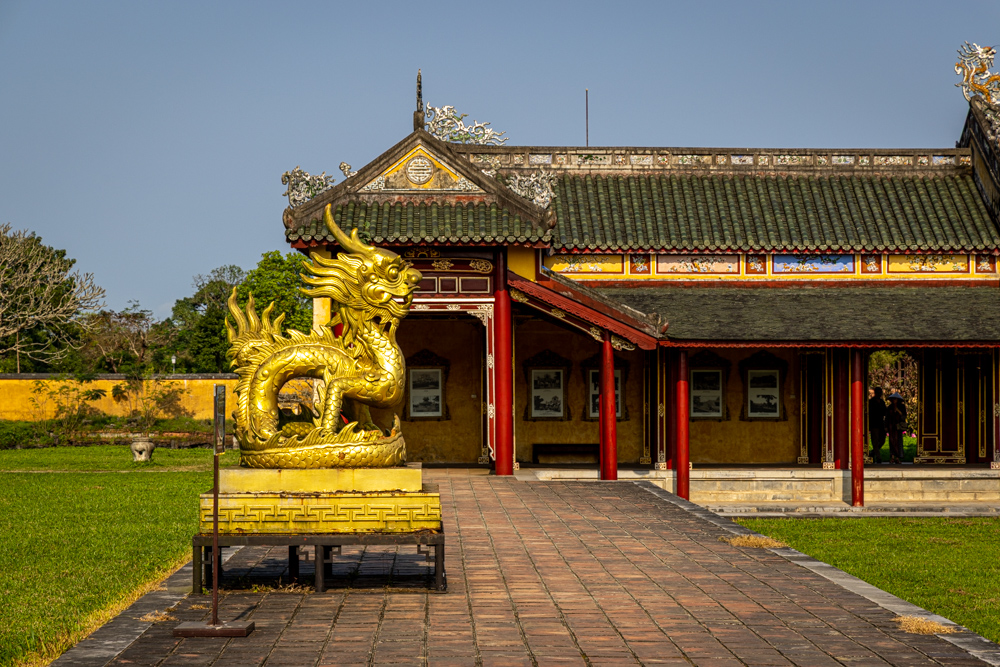
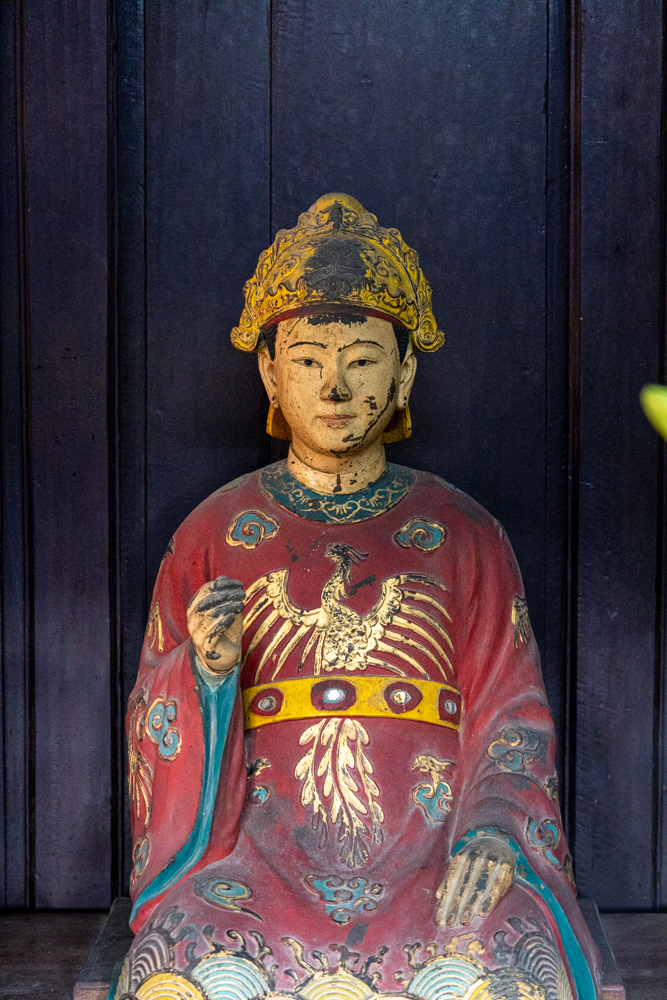

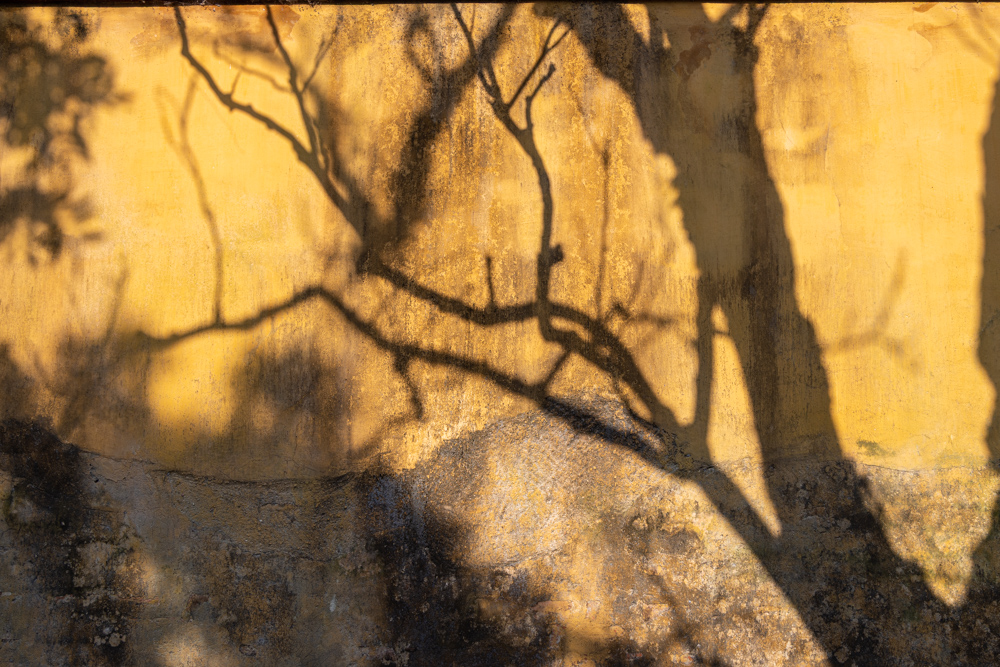


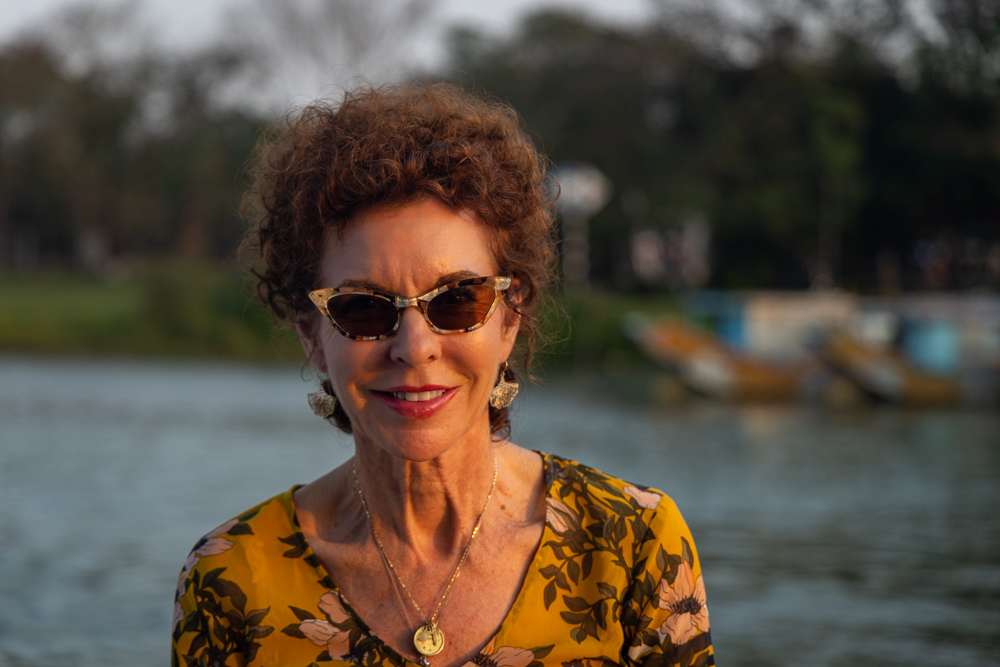
It was very nice - beer and appetizers while we floated along.

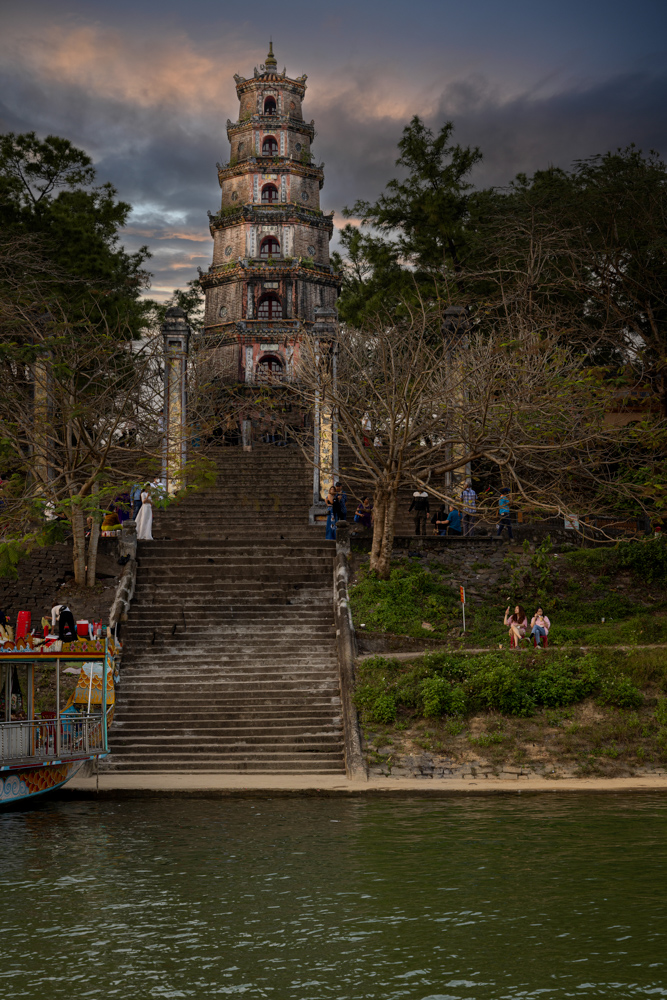
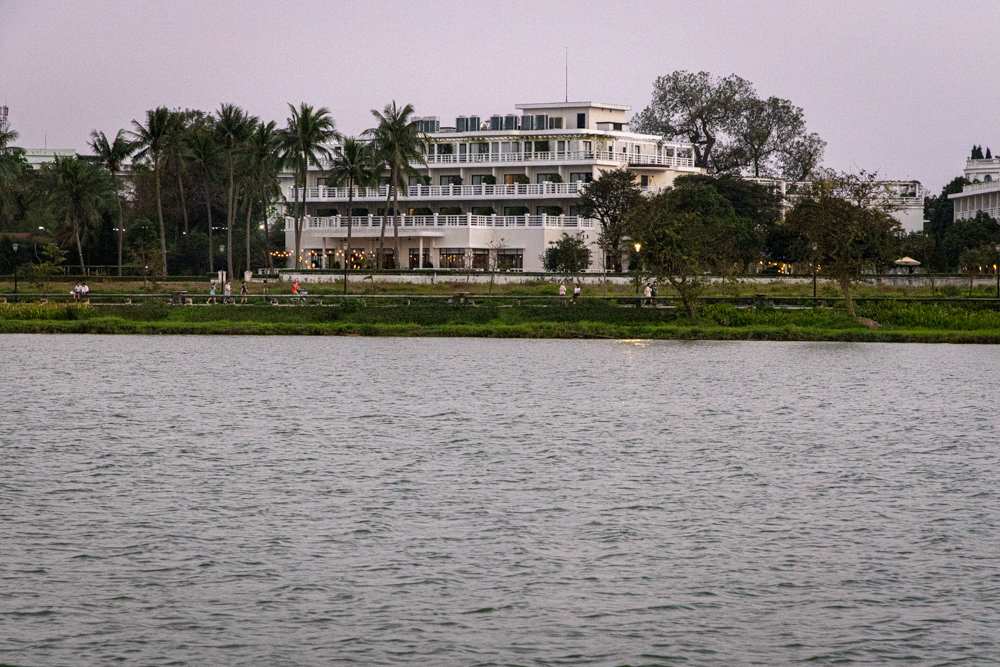

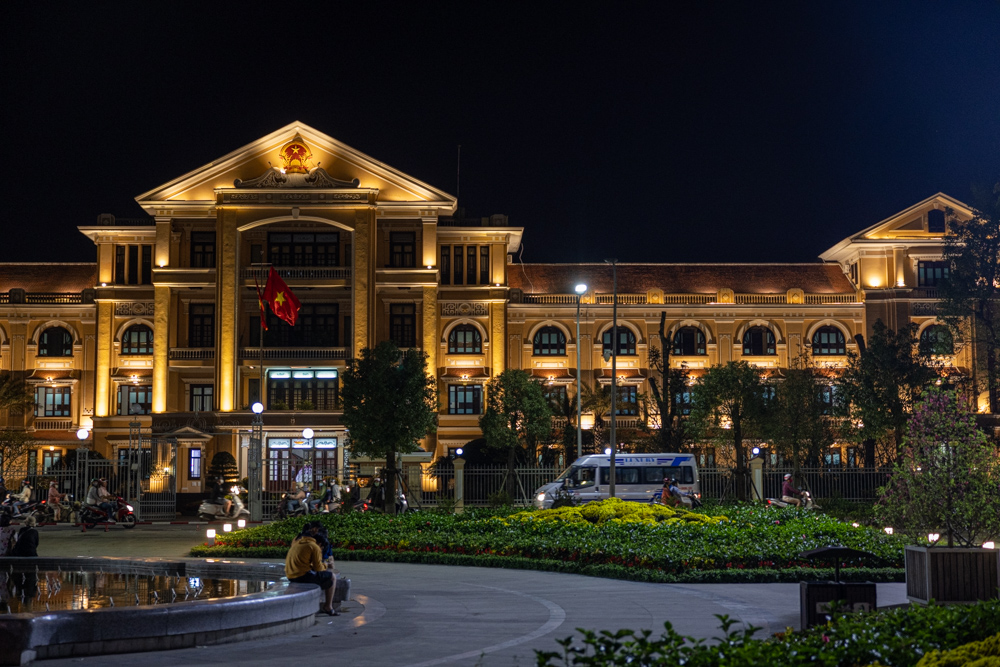
A communist government building lit up at night.
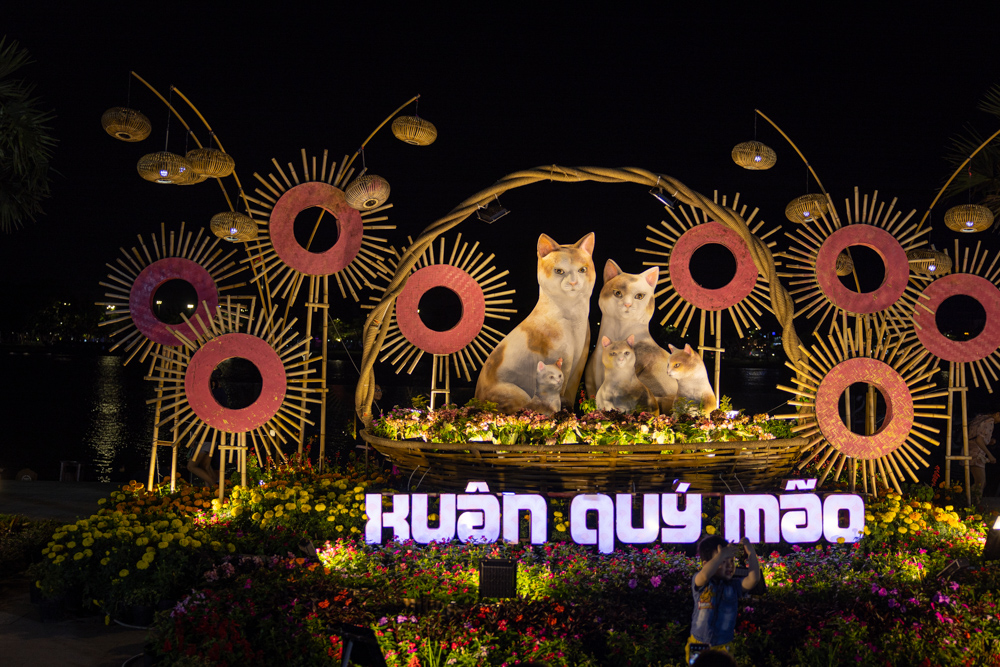
The river walk was very busy - it was a very pleasant night out.
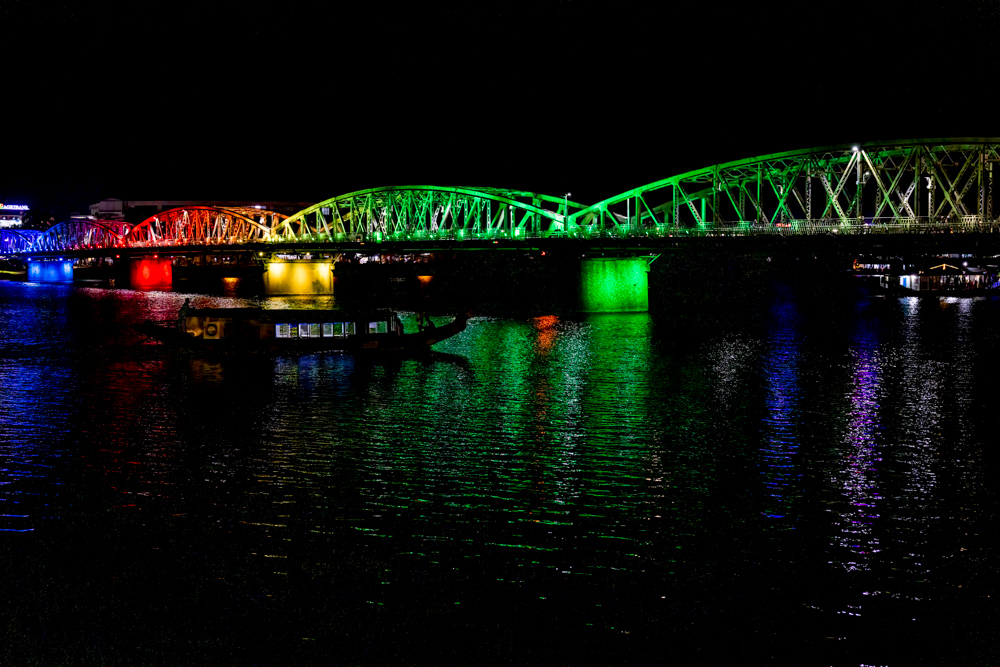
The bridge is a 1,300 feet long gothic structure. As we walked along the lights changed to various colors.

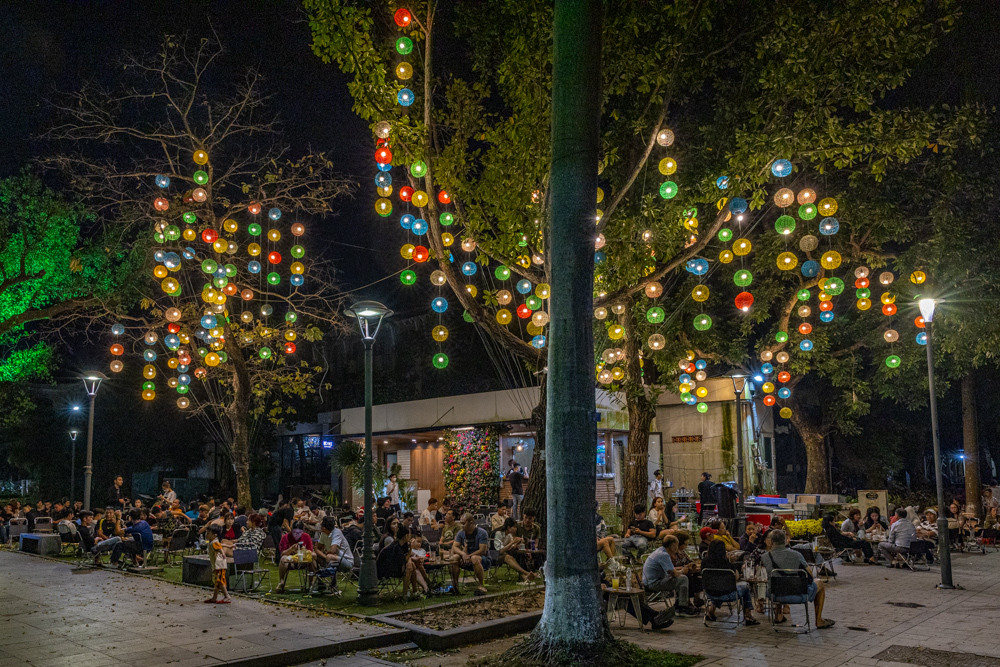
A cafe just off the river walk along the Perfume River on our way back to the hotel.